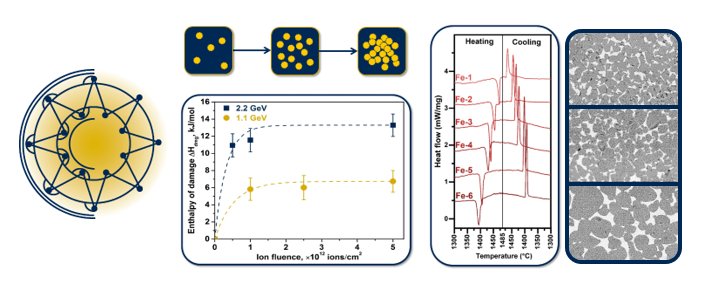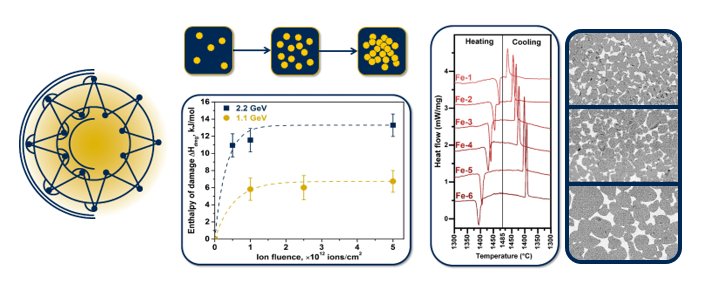Versatile thermodynamics
Among many tools that study materials, thermodynamic methods of analysis allow for collection of essential fundamental data about the stability of structure in its equilibrium state. This data can be used in further modeling studies to understand the behavior of materials in conditions far from equilibrium. Besides, any controlled instability input (like controlled heating or atmosphere change) helps obtaining energetic output from various structural response of materials including, but not limited by defects annealing both in bulk and on the surface, phase changes, grain growth, sintering, etc.
During the talk, I am going to discuss two projects I have been working on during PhD program at the University of California-Davis and after graduation at the Institute of Solid-State Chemistry. First, I am going to introduce the main instruments used in these projects – high temperature oxide-melt solution calorimeter and differential scanning calorimeter. Then, I will present a combination of structural and thermodynamic analyses applied to investigate defects produced by radiation. The energetics of defects and their morphology in fluorite structure irradiated by swift heavy ions (CeO2 used as an analogue of PuO2) will be discussed. The second part of the presentation will be devoted to the study of cermets based on vanadium oxycarbide with iron binder (VCxOy-Fe) as an alternative composite. I will show how coupling differential scanning calorimetry with thermogravimetry and mass spectrometry provided means to evaluate the formation process of these materials and study their composition.

